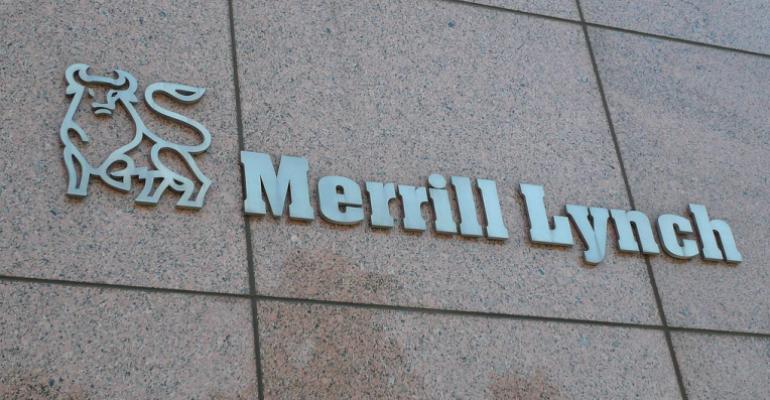Bank of America’s Global Wealth and Investment Management unit reported a productive 2017 during a call on the bank’s fourth quarter earnings and annual performance Wednesday.
The unit, which includes the Merrill Lynch brokerage and U.S. Trust, reported revenue of $4.7 billion in the fourth quarter, up 7 percent from the previous year, and net income of $742 million, up 17 percent from a year ago.
The fourth quarter of 2017 was a continuation of improving performance throughout the year, as clients shifted assets from brokerage to fee-based accounts while stocks repeatedly hit record highs.
Those changes more than offset lower transaction revenue. GWIM reported record revenue of $18.6 billion in 2017, which helped it achieve a pre-tax margin of 26 percent, up from a 23 percent pre-tax margin achieved in the fourth quarter of 2016.
During Wednesday’s call, Bank of America CEO Brian Moynihan said he thinks the bank could get the unit’s pre-tax margin to 30 percent through arbitrage and improvements to technology, giving the example of improvements which would reduce the amount of paperwork in the business to free up time for advisors to spend with clients and prospects.
Last week, Merrill Lynch said it had partnered with Scottsdale, Ariz.-based CellTrust, which will manage, track and deliver text messages between advisors and clients.
It is unclear how much money Bank of America is spending on technology for each business unit, but Moynihan told analysts that the bank spent roughly $2.7 billion in 2017 and expects to spend the same amount in 2018, but “more efficiently.” Paul Donofrio, the CFO of Bank of America, said improvements to technology contributed to a 3 percent increase in GWIM expenses in 2017, along with investments in sales professionals.
GWIM also continued to add advisors in 2017. It finished the year with 19,238, up about 560 advisors or 3 percent from last year. Roughly 333 of the new hires joined Merrill Lynch, 202 are Merrill Edge advisors and 25 others joined either U.S. Trust or Merrill Lynch as client-facing professionals, a spokesperson said.
Merrill Lynch advisor productivity remained relatively flat compared to the third quarter at $994,000.
Donofrio said recruitment of experienced advisors contributed to the growth but the unit’s training program was the main driver in 2017 and that would continue in the future. Merrill Lynch was among the largest brokerages in the spring of 2017 that pulled the plug on outsized bonuses to attract experienced advisors to the firm. It also made adjustments to its compensation plan in hopes of encouraging advisors to stay with the firm for the length of their career and pass their books of business to other advisors within it.
Unlike other firms, Merrill Lynch has outspokenly remained a member of the Protocol from Broker Recruitment, a year’s-long arrangement that pared back litigation between brokerages when financial advisors left for another firm.
Glenn Schorr, a senior managing director and senior research analyst at Evercore, asked the executives about the bank’s choice to remain a member of the pact. For now, the bank said that it will, but it made sure to reserve the right to change its mind.
“We’re continuing to monitor the market and we’ll figure out what we want to do,” Moynihan said. “But we haven’t changed our decision yet.”





